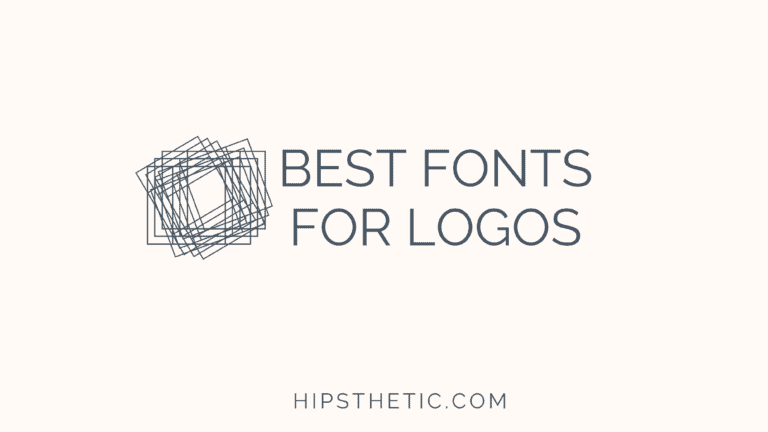

There are many nuances and important strategies that contribute to a successful email marketing campaign.Ĭhoosing the best fonts for newsletters is one of them. Numerous studies have shown that email marketing is, by far, the most cost-effective of all digital marketing channels.īut that doesn’t mean all email marketing campaigns bring killer returns. The font combination makes for a clean, quirky, instantly pleasing pairing.Choosing the Best Font and Font Size for Email Newsletters The slightly innocent smile of Souvenir plays into the strident personality of Futura in a way that lightens the mood of both. So here we have two very different typefaces from two distinct periods, created for almost different purposes, that somehow bring out the best in each other. In contrast, Futura is bold, optimistic, and serious, concerned with modernism and forwardness.įollowing Bauhaus’s principles of futurism, Paul Renner created Futura in 1927, emphasising geometric forms hence we find near-perfect circles, triangles and squares within each letter. It was created in 1914 and envisaged as a throwback to earlier Art Nouveau models. Mixing two such strong typographic personalities is a risk that rarely pays off as they fight it out.Īllan Haley described Souvenir as being “like Times Roman dipped in chocolate” – playful, goofy and light. Some fonts are members of ‘superfamilies’, meaning they come with different weights, styles and classifications specially designed to work together.įor example, the Avenir superfamily includes the following sub-fonts: Avenir Heavy, Avenir Medium, Avenir Light, Avenir Next, Avenir Bold, Avenir Condensed, Avenir Roman, and Avenir Oblique, all of which come in italic, bold and regular font pairs.Īny font combinations will work well together, so you cannot go wrong by keeping it in the family. The most straightforward way of guaranteeing that a font pairing works perfectly is by using different fonts within the same typeface family. So when it comes to font combinations, the golden rule is complement or contrast, but never conflict. Then you know you have found a pairing that rolls off the eye. If you get the combo right, the viewer can almost not notice what you have done. The more similar they are, the more likely they will clash.Įqually, two very different fonts could be in danger of pulling your design in opposite directions. The idea of using multiple fonts is to create visual diversity, so there’s no point in choosing broadly identical two. The ideal combination should harmonise without risking being too similar. The last thing you want is both fonts to fight for the viewer’s attention.


For starters, always look for font pairings that complement one another.


 0 kommentar(er)
0 kommentar(er)
